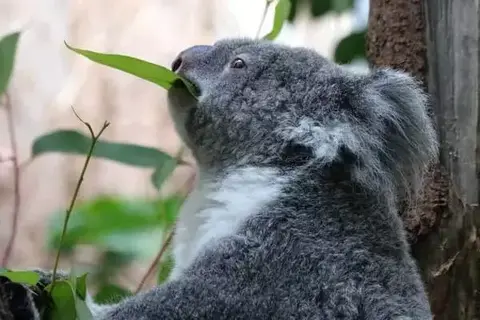Fun Facts About Muskrat
Evelyn StarThe muskrat looks like a rat. The structure of the lips is similar to another semi-aqueous animal – the beaver. Thanks to which it can eat underwater. Unlike the beaver has no paddle-tail. Concedes it and its size, although it looks larger than a rat. Body and tail length is almost the same 23-35cm and 18-28cm. The weight of an adult rat varies about 1.5 kg. There are other interesting facts about muskrat. The real home of this animal is the middle belt of North America. The muskrat was brought to Europe in 1905. At present, it has settled down to the eastern outskirts of Eurasia. It prefers swampy places and does not need big open dams like beavers. We have collected for you the most amazing facts about muskrat.
7 facts about muskrat
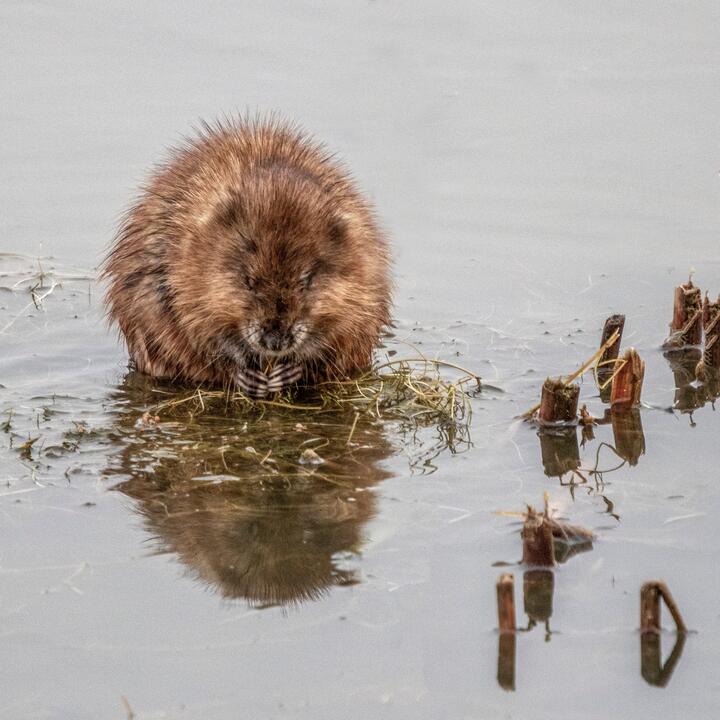 Photo by Dick Hoskins on pexels
Photo by Dick Hoskins on pexels1.The body of the animal is perfectly adapted to the water lifestyle. Paws with membranes between fingers. Thick fur with underfur, constantly lubricated with grease. There is an increased level of hemoglobin in the blood, which increases the oxygen supply and time spent in the dive.
2.Lives in burrows, but can build huts like beavers. The dam does not build but has certain achievements in the design of housing. If necessary, he builds floating structures. Not only for their habitation but also for food supplies.
3.The main diet is vegetable food. The share of consumption of live food in the form of water inhabitants, worms, insects is only 5-7%.
4.Very fertile. In case of excessive overpopulation may fall to domestic cannibalism. The breeding season in the middle belt is in the spring-summer period. In southern countries, it can become a year-round process.
5.Ondatra is monogamous. A male takes part in the care of his offspring, only at the beginning. He brings food to his mother so that she would not be separated from the brood. Thus, the female is not in danger of getting into the paws of predators.
6.It is easy to be held in captivity and not afraid of humans. However, in contact with them, one should be very careful. These animals may be carriers of serious infectious diseases: tularaemia, paratif.
7.In large communities gather only in winter to warm the inner space of the burrow better. In summer, individual pairs live separately. They mark the territory with the secret of a special muscular gland and do not welcome the violation of their borders even by congeners. In moments of overpopulation, the young go in search of new living spaces.
TOP 3 most interesting facts about muskrat.
1.The meat of the beast is edible. But it is eaten mainly at home: in Canada and the United States, where it has the second name of water rabbit.
2.Thanks to the secretion of the inguinal glands, it got name – muskrat.
3.From the multitude of predators threatening it, usually rescues itself in the water, but in a desperate situation, it can rush against the enemy, using sharp teeth and claws.
More interesting facts about muskrat
Paradoxically, for humans, these rodents are a source of good-quality fur. At the same time, with its rapid activity, rodents cause harm to humans, violating the integrity of the earth’s hydraulic structures in areas of rice cultivation.
For some mysterious reasons, the population of these animals tends to a sharp decline, with a frequency of 6-10 years. Muskrats are excellent swimmers and can stay underwater for up to 20 minutes.
Facts About Muskrats
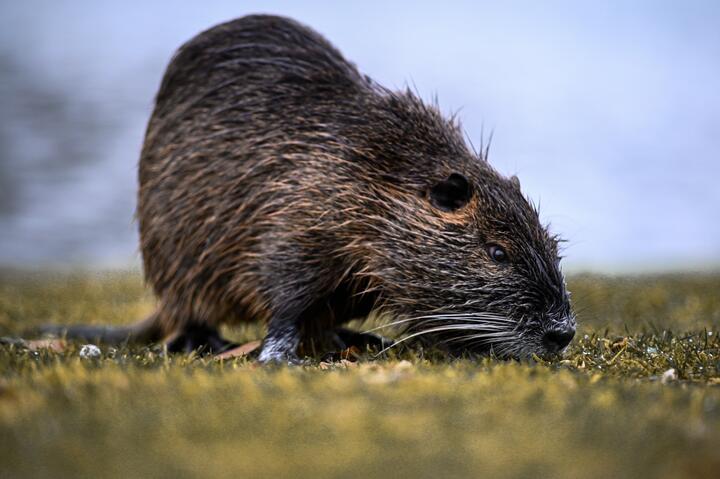 Photo by Fabian Willer on pexels
Photo by Fabian Willer on pexelsIf you are looking for some fun animal facts, you may want to learn about muskrats. These aquatic rodents are semi-aquatic, and they are usually found in wetland habitats. These animals are important because they help maintain a balance in the environment, especially in waterways. If you want to learn more about muskrats, you can look for them in North America or South America, or in Europe or Asia. They can have up to eight kits per year.
The reproductive rate of muskrats is very high, with females having two to three litters each year. The animals are polygamous and breed throughout the year. The breeding season lasts from late March to July, with the young developing from the end of June. During this time, the young are born hairless and blind. They depend on their mother for their first thirty days but leave the den at six weeks old. The muskrat is classified as a medium-sized rodent, but it does not belong to the genus Rattus.
Because of their aquatic lifestyle, muskrats can survive under the water for up to twenty minutes. The rat’s tail is the main source of propulsion, and it can gnaw underwater while holding its breath. The animal has a lower blood carbon dioxide concentration than other mammals, so it can tolerate high levels of carbon dioxide in the water. Despite these features, muskrats are still considered to be one of the best swimmers in the world, and their aquatic life is important for the ecosystem as a whole.
Muskrats spend most of their lives in water, and they can stay underwater for up to twelve minutes at a time. They can also close their ears to keep out water, which is a great advantage in colder climates. Their tails are their main means of propulsion, and they can swim at a high speed up to seventy kilometers. They are one of the most endangered rodents in the world, and their population is growing.
The muskrat has a gestation period of three to four weeks and is most active at dusk. It has a comparatively long lifespan and is one of the fastest land mammals on earth. While they are slow on land, they can swim very fast and are the most valuable fur animals in the world. While they are not the most beautiful animals in the world, they do play an important role in the ecosystem. They are a great source of food and shelter for many species of birds.
The muskrat has small ears and eyes and two layers of waterproof fur, which helps it to survive cold water temperatures. They are found in marshes and wetlands of the Chesapeake Bay watershed. The average lifespan of a muskrat is between three and four years. Compared to other animals, the sex of a muskrat is more attractive to humans. In addition to attracting more attention from humans, muskrats also have other benefits, including their ability to keep people away from their lodges.
The muskrat lives mainly in damp areas. They are preyed on and hunted. They are used for their meat, fur, and eggs. Their burrowing abilities cause waterways to flood and cause damage. They are a nuisance and are a great source of food. However, there are many ways to deal with them. In addition to preventing them from causing destruction, muskrats also help to control their population.
Native Americans have long considered muskrats as important. They predict the arrival of winter snow by the construction of muskrat lodges. The muskrat is even a part of creation myths in North America. It is believed that a mighty muddle of mud is what makes up the foundation of a mountain. A muskrat’s burrows are a mossy floor with branches and roots that have a distinct shape.
The muskrat is more similar to beavers than it is to other species. The two species are related, but muskrats are smaller than beavers. Although they are closely related, they are different. While beavers have a distinctive “beavertail,” muskrats have a tail that flattens vertically. They use this to help swim. In the wild, muskrats prefer wetland habitats, while muskrats prefer more dry and unprotected areas. The decrease in natural predators has caused their numbers to swell.
- DogsDalmatian Dogs History, Origin And Features Of The Breed

- BirdsInteresting Budgerigar FactsBy Noah Young
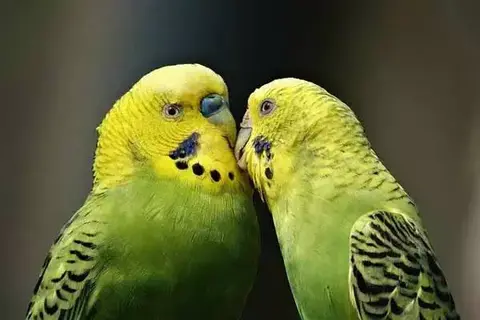
- Insects20 Interesting Facts About ButterfliesBy Lucas Torres
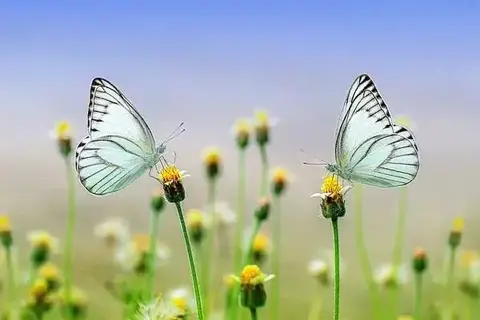
- WildlifeWhat Are Gorilla Height And Weight?By Lucas Torres
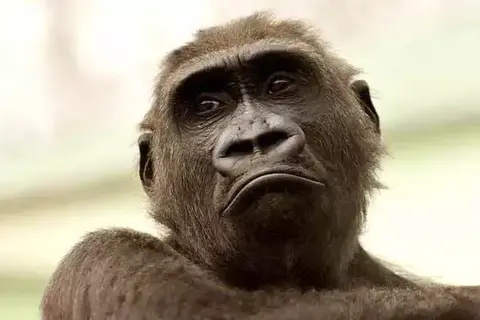
- Birds7 Interesting Facts About SeagullsBy Lucas Torres
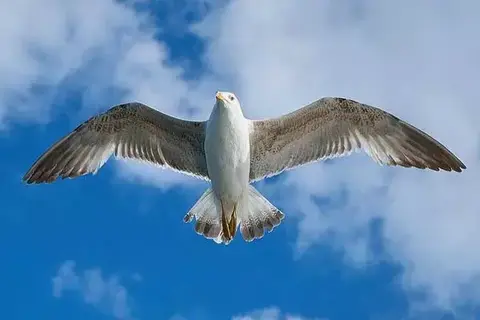
- Birds12 Interesting Facts About DovesBy Amelia B
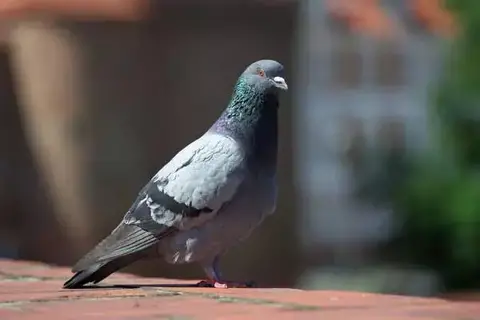
- InsectsByasa Alcinous ButterflyBy Nolan Foster
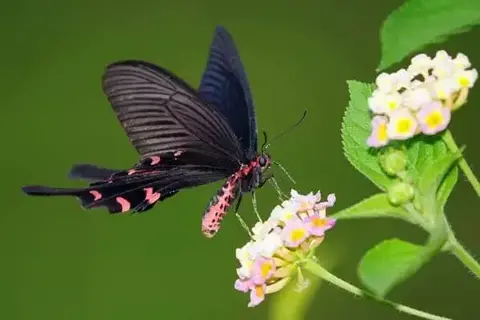
- Birds50 Interesting And Surprising Facts About DovesBy Evelyn Star
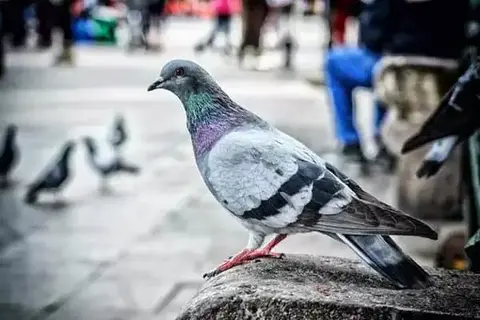
- BirdsWhat Is The Life Expectancy Of A Parrot?By Nolan Foster
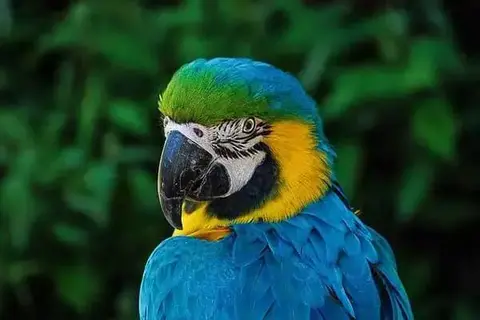
- WildlifeWhat Is The Koala Bear Diet?By Lucas Torres
